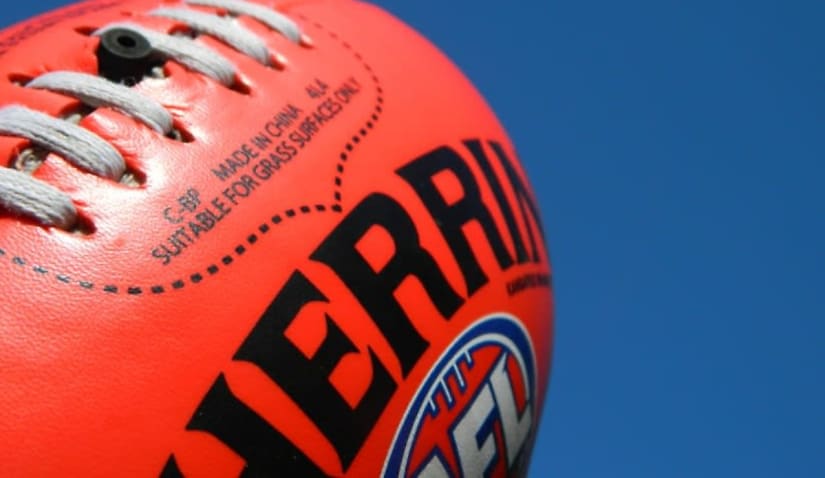A second class action against the AFL has been lodged in the Victorian Supreme Court. Two partners discuss the outlook of class actions against sporting organisations in Australia.

An initial class action lodged against the AFL last week is seeing 60 players seeking $1 billion in compensation for life-altering impacts of concussion allegedly brought about by improper mishandling. This was the first class action of its kind in Australia. With the second one being brought in the same week, is it likely that such class actions will become more prevalent in Australia?
National firm Griffins Lawyers is representing the lead plaintiffs, along with several other former players who have joined the class action, including former Brisbane and Collingwood defender Jack Frost — who sustained 14 concussions in six years.
South Australia-based lawyer Greg Griffin noted that the group members could likely exceed 200, The Age reported on 15 March.
The plaintiffs are targeting the AFL and several teams: Richmond, Hawthorn, Port Adelaide, and the Adelaide Crows.
Griffins Lawyers stated: “From at least 1994, there was consensus in the prevailing medical science regarding the risks associated with concussive and sub-concussive injuries.
“The AFL failed to implement appropriate guidelines or return to play protocols associated with concussive injuries.”
Matt Mackenzie, partner in Gilbert + Tobin’s disputes and investigations group, spoke to Lawyers Weekly about the future of class actions in this area in Australia.
“I think it is likely that we will see a number of class actions brought in relation to these issues in Australia in the short term,” noted Mr Mackenzie.
“How prolific and, more importantly, effective this species of class action becomes over the medium term will be influenced by the success or otherwise of these claims in reaching favourable settlements or judgments.
“In this regard, a key factor will be whether plaintiffs are able to persuade courts that there is a principled way to determine liability, causation and/or damage on a common basis in circumstances where group member athletes are likely to have been employed by different organisations and subject to multiple different practices and protocols over time and where their individual circumstances and experiences may vary fairly significantly.”
Greg Williams, Clayton Utz partner in their commercial litigation team and an experienced class action defence lawyer, also weighed in.
“We may well see similar actions commenced in other codes, but not necessarily multiple actions in each code,” he said.
“That is because it is doubtful whether these sorts of claims are really suitable for class actions.”
“It is obviously attractive for plaintiff lawyers to maximise the scope of their claims by suing the governing bodies of the various football codes,” Mr Williams stated.
“In reality, those bodies will be only part of the story.”
“An individual’s playing history and medical management will be affected, not just by the governing body but also by the club or clubs they represented, their junior playing history, other football codes they may have participated in and a myriad of other factors,” Mr Williams explained.
“Further, there will be changes in standard of care over time.”
“These factors make it difficult to identify issues which will be common to the claims of all players,” illuminated Mr Williams.
Mr Mackenzie continued: “The targets of these actions are likely to be governing bodies responsible for determining the policy settings within which athletes compete and the clubs which employ athletes and are likely to have been responsible for implementing the relevant practices and applying the relevant protocols, such as testing athletes for signs of concussion and deciding when to allow them to return to competition following concussion.”
“There is no doubt sporting organisations are subject to increased scrutiny from the media, their stakeholders and, to some degree, the public in relation to player safety and long-term wellbeing.
“The extent to which the possibility of liability for player injuries adds to that pressure will turn on the success or otherwise of these types of claims.”
Last Wednesday (15 March), the AFL released a statement: “The AFL has a team of people working specifically on brain health initiatives with further appointments to be made and we continue to strengthen protocols and the education of clubs and players as to why this issue is taken so seriously.
“If and when any formal documentation is served regarding a foreshadowed concussion class action, the AFL will review and respond in accordance with the relevant court’s rules.”